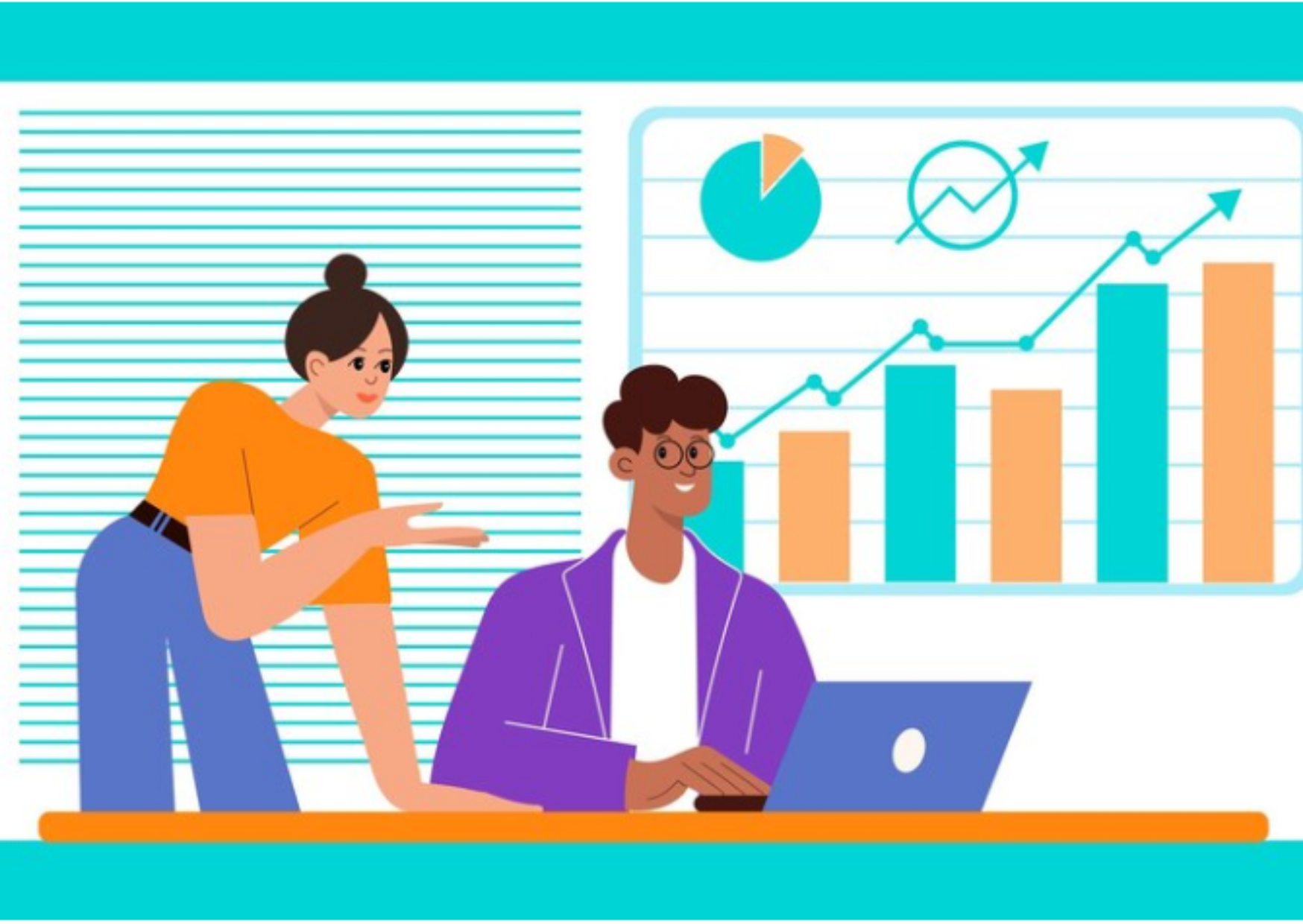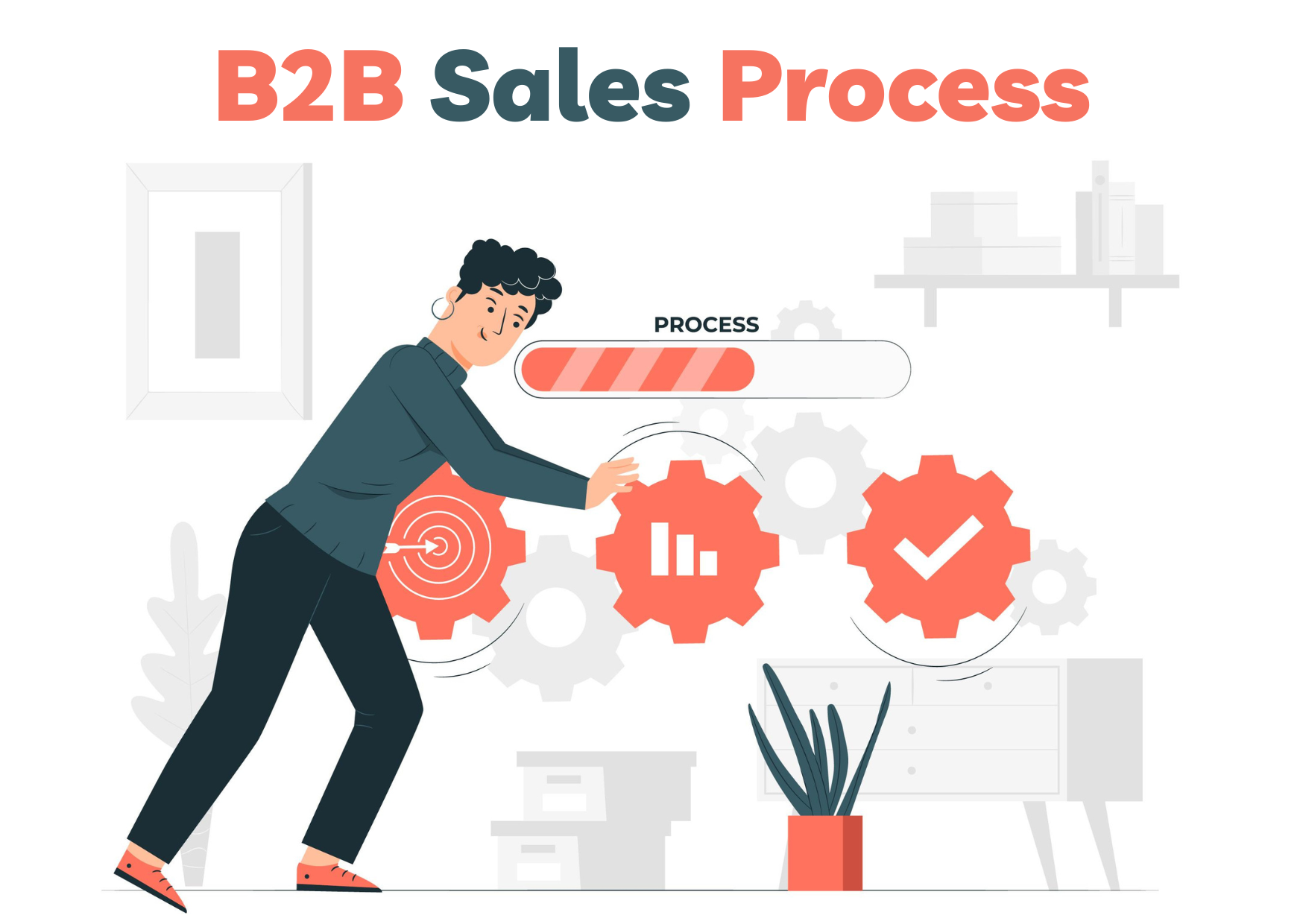As a B2B sales professional, you know that it takes more than just a great product or service to close a deal. You need to be able to effectively communicate the value you offer to potential customers. That’s why having strong B2B sales strategies is crucial to success.
In this blog post, we’ll delve into the top 10 B2B sales strategies that will help you win more customers and increase your revenue.
B2B Sales Strategies
But it’s not just about the sale itself. We’ll also explore strategies for maximizing customer retention and loyalty, as well as leveraging the power of social media to reach a wider audience.
By implementing these proven B2B sales strategies, you’ll be well on your way to boost your sales in the competitive world of B2B sales.
Remember Sales and Marketing Win Together
Remember that sales and marketing should work together as a cohesive unit to win more customers. In order to effectively attract and retain customers, it’s important to align your sales and marketing efforts.
This means ensuring that your marketing campaigns are targeted towards the right audience and are aligned with your sales goals. It also means creating a seamless experience for leads as they move through the sales funnel, with clear and consistent messaging and a focus on the value that your products or services can bring.
By working together, sales and marketing can drive better results for your business.
Do Your Deep Research
Do your deep research on your target audience and the companies you are targeting. It’s important to understand their specific needs and pain points.
This can include gathering data on their demographics, industry, and business goals, as well as understanding the challenges they are facing and the solutions they are seeking.
By having a deep understanding of your target audience, you can tailor your sales pitch to better meet their needs and demonstrate the value of your products or services.
Follow Up With Your Sales Leads
Follow up with your sales leads in a timely and consistent manner. This can be through email, phone, or even social media. By following up regularly, you can build relationships with your leads and keep them engaged in the sales process.
Develop a Lead-Nurturing Plan
Develop a lead-nurturing plan to keep your leads engaged and moving through the sales process. This can include automated emails, personalized content, and other tactics to keep them interested in your products or services. By nurturing your leads, you can build trust and demonstrate the value of your offerings, increasing the likelihood of a sale down the line.
Stick to Your Price Sheet
In the B2B space, it’s important to be transparent about your pricing and to stick to your price sheet. This will help build trust with your leads and show them that you are confident in the value of your products or services.
By being upfront about your pricing, you can also avoid misunderstandings that can lead to lost sales.
Leverage Account-Based Marketing
Leverage account-based marketing (ABM) to focus your sales efforts on specific, high-value accounts. Account-based marketing (ABM) is a strategy that focuses your sales efforts on specific, high-value accounts.
This can be a highly effective strategy for winning more customers in the B2B space. By focusing on specific accounts, you can increase the likelihood of a sale.
Go Social
Use social media to connect with your leads. By using social media platforms like LinkedIn and Twitter, you can engage with your leads, and build relationships with potential customers.
Focus on Benefits over Features
When selling to B2B customers, it’s important to focus on the benefits of your products or services over the features. This means highlighting how your offerings can solve specific problems or meet the needs of your customers, rather than simply listing off features.
Focus on Sales Experience Throughout the Buyer’s Journey
Provide personalized support and guidance to help your leads make informed decisions and feel confident in their purchase.
Set a Feedback Process For Lost Leads
Set up a feedback process for lost leads to understand why they did not choose your products or services. This can help you identify areas for improvement and make adjustments to your sales strategy to better meet the needs of your target audience.
Key Takeaways
- Align your sales and marketing efforts to drive better results for your business.
- Do thorough research on your target audience and the companies you are targeting.
- Follow up with leads consistently to stay top of mind and build relationships.
- Develop a lead-nurturing plan to keep leads engaged in the sales process.
- Be transparent about your pricing and stick to your price sheet.
- Use account-based marketing to focus on specific, high-value accounts.
- Utilize social media to connect with leads and build relationships.
- Focus on the benefits of your products or services over the features.
- Prioritize the sales experience throughout the buyer’s journey.
- Set up a feedback process for lost leads to improve your sales strategy.
B2b Sales
B2b Sales Process
B2b Sales Strategy
Sales Strategy

